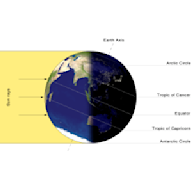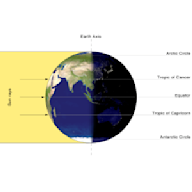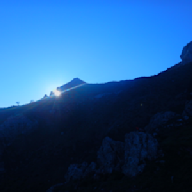Search results
We did not find results for: June Solstice. Try the suggestions below or type a new query above.
Suggestions:
- Check your spelling.
- Try more general words.
- Try different words that mean the same thing.
- For more helpful tips on searching, visit the Yahoo Search Help Center




